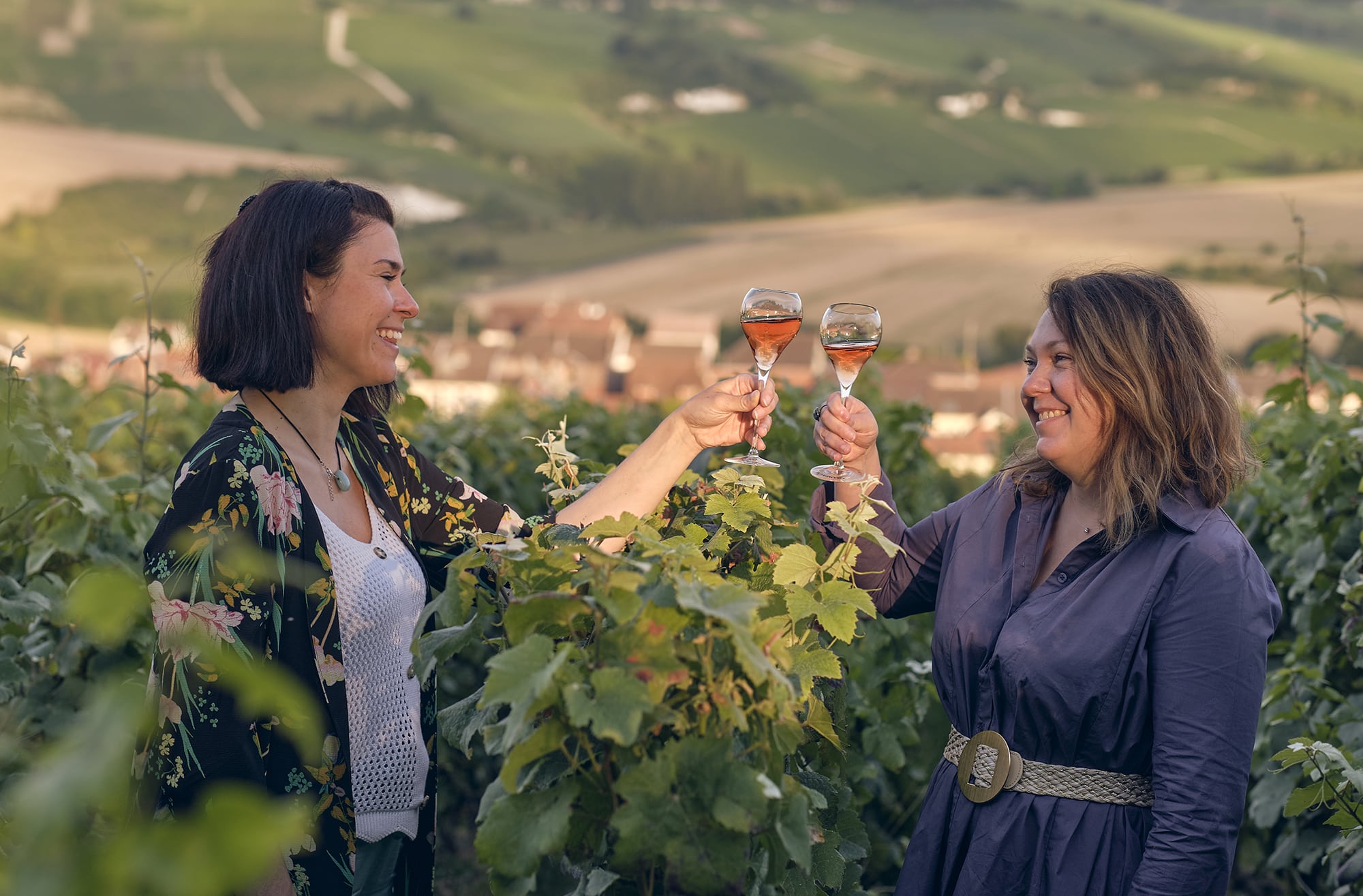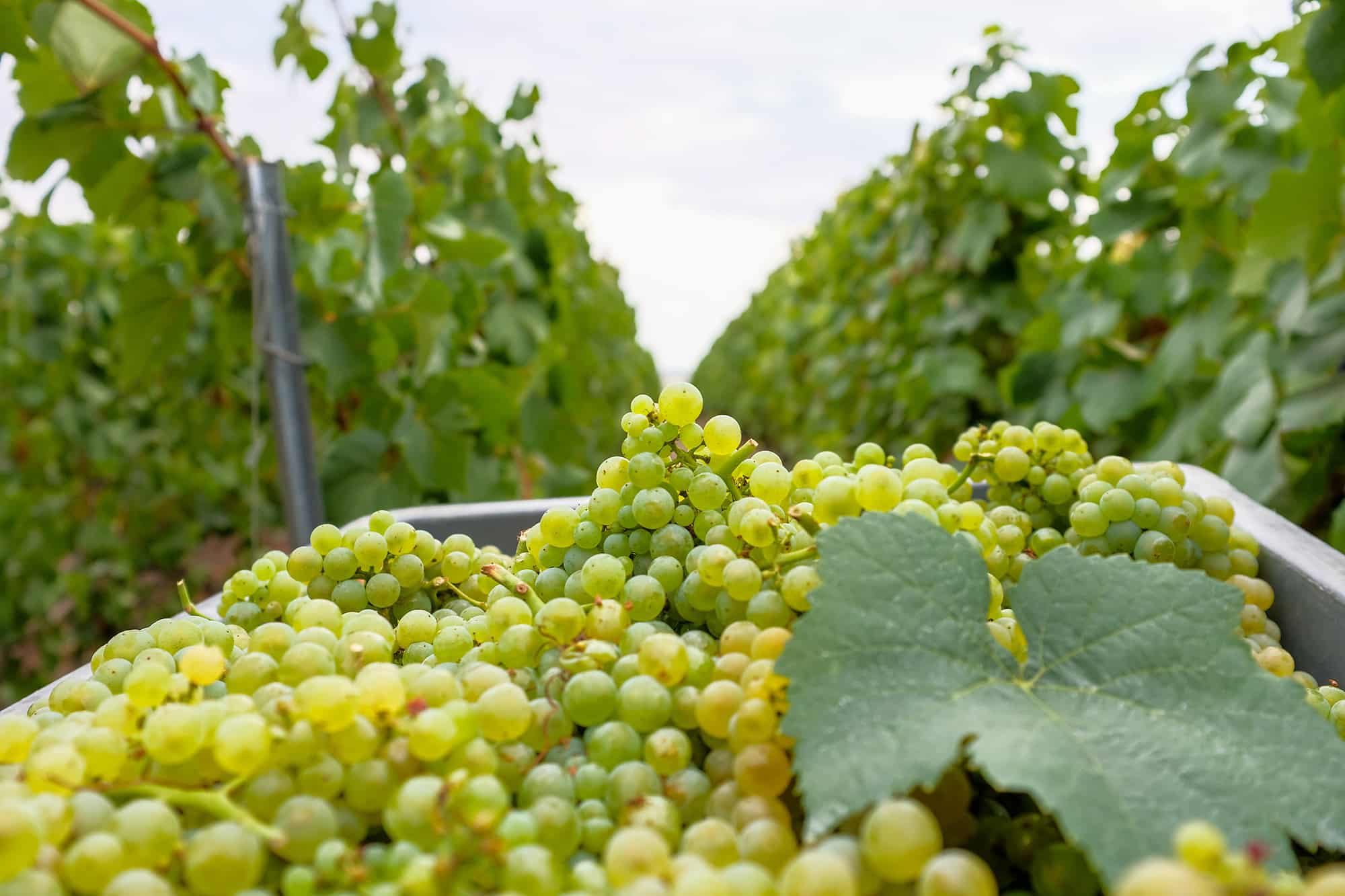Champagne making
An exceptional wine, the result of an alchemy between a unique terroir, a traditional know-how and a lot of patience… Champagne is not nicknamed the king of wines by chance ! What if we shared with you some of its manufacturing secrets?
Step after step, year after year, champagne has been made in the same way for centuries in Champagne and nowhere else. From the manual harvest to the disgorgement, its production always follows the same process.
So to make you wait before your stay in Epernay, a champagne destination par excellence, here is some information that will allow you to pierce the mystery of Champagne wine. A new way to live your next tasting experience!
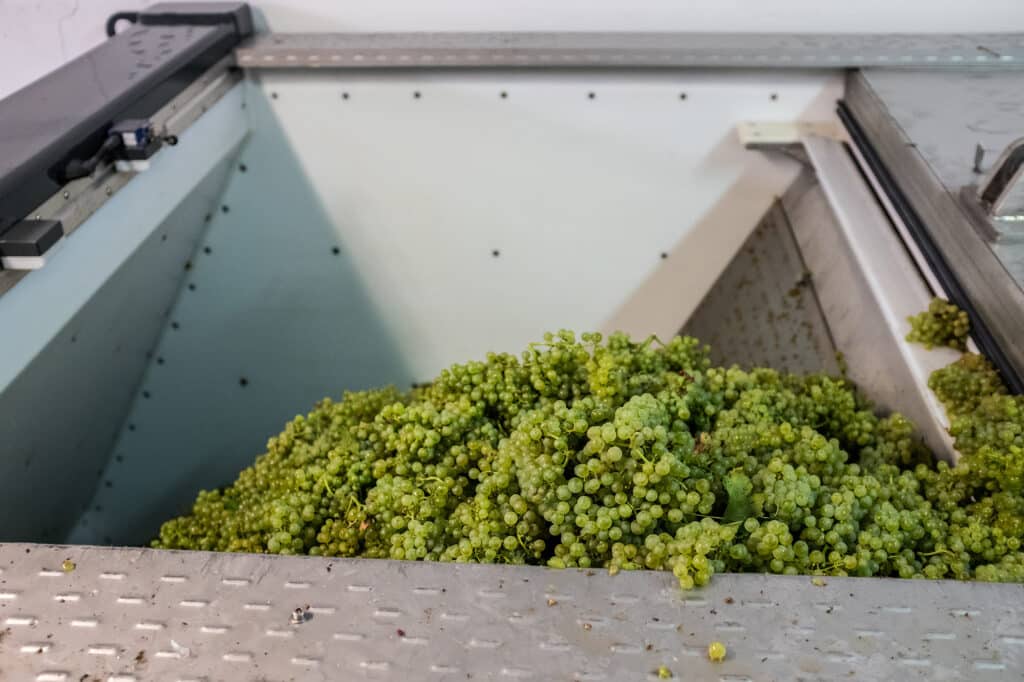
The harvest and the work of the vineyard
Harvesting takes place once a year, at the end of the summer or the beginning of the fall (usually during September). They are theresult of 12 months of work in the vineyards, during which the winegrower accompanied their natural development (pruning, trellising…) throughout the seasons.
In Champagne, the harvest of the grapes is done manually only. Armed with their secateurs, the grape pickers cut tons of grapes over a period of about 3 weeks. You have to go fast because the grapes do not stay at their optimum maturity for very long!
The assembly
In the spring following the harvest, it is time for the blending, one of the most important and secret steps in the making of champagne. This decisive operation gives the champagnes all their subtlety, their character, their typicity. The wines of Champagne are made from 3 main grape varieties: Chardonnay, Pinot Noir and Pinot Meunier.
A good blend is born from the harmony between different vintages, different grape varieties and even different years, which the cellar master chooses to associate to create a cuvée, often a signature. The goal? To sublimate what nature has to offer and cannot produce by itself.
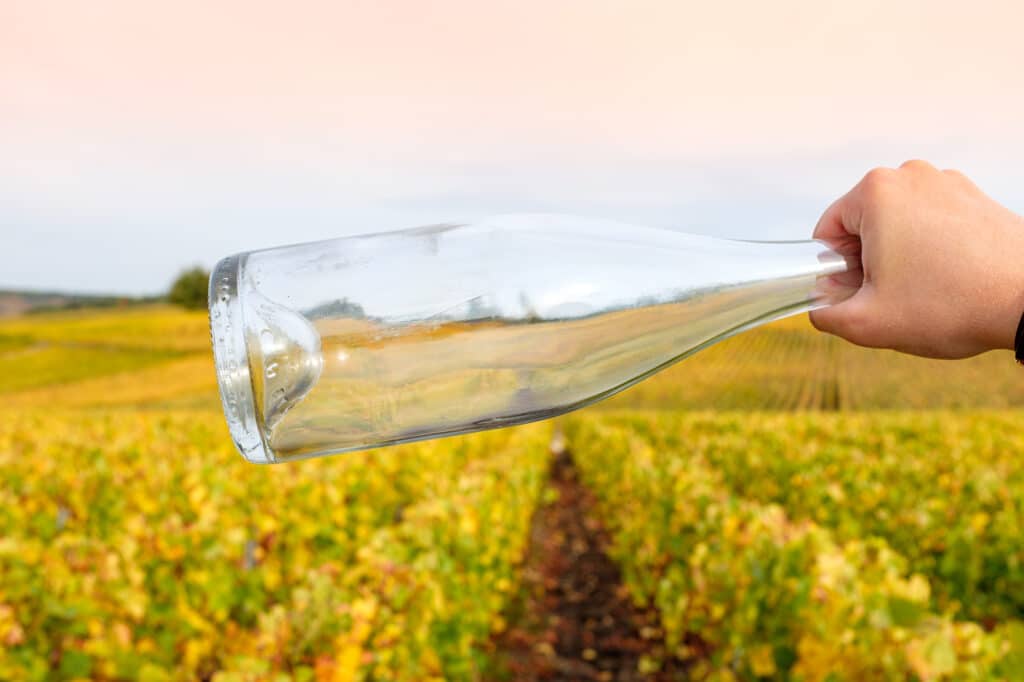
The bottling and the taking of foam
After the blending comes the essential step of the ” prise de mousse “, that exceptional moment when the wines are transformed into champagne. It is obtained in bottle, thanks to a fermentation intended to make the wine sparkling.
To carry out this fermentation, it is necessary to add to the assembled wine a liqueur called ” tirage ” (composed of sugar, yeast and a stirring additive) as well as yeast. This stage lasts about 2 months and then the bottles are ready for maturation (or aging).
Aging
The bottles remain in the cellars on wooden pallets for a long period of maturation, protected from the light. The duration of aging varies according to the wine you wish to obtain: 15 months minimum for non-vintage wines, 36 months minimum for vintages . The cellars play a major role in this important stage of the wine making process thanks to their relatively constant temperature, close to 12°C.
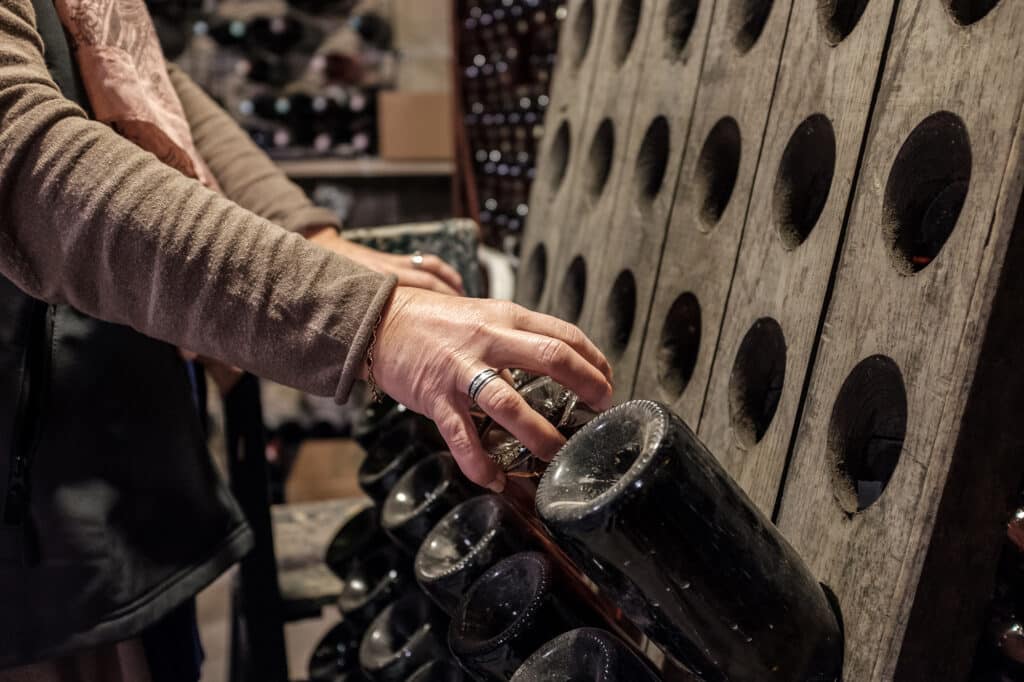
Racking, disgorging and dosage
Like all other steps in the manufacturing process, the stirring step is important. After a long period of rest in the cellar, the wine must be made clear again by eliminating the deposit that has formed during the foaming process. Riddling consists of slowly pushing the deposit formed in the bottle towards its neck. In concrete terms, the bottles are turned manually or mechanically, to the right and to the left, in order to move progressively from their horizontal to their vertical position. At the end of the riddling process, the bottles are placed upside down (“sur pointe”), ready to be disgorged.
Disgorging is an essential step in the process of evacuating the deposit accumulated in the neck of the bottle. Once immersed in a liquid at about -27°, this deposit turns into an ice cube and can be ejected more easily from the neck when the bottle is opened, limiting the loss of wine and pressure to a minimum.
Then, the dosage liquor is added to compensate for the inevitable loss of wine with each bottle that goes through the disgorging process. This final stage of production also contributes, among other things, to balancing the acidity of the wine and developing its aromatic characteristics.
Capping and dressing
Last but not least, the bottle is finally corked, muzzled and dressed, ready to be marketed… and enjoyed!
